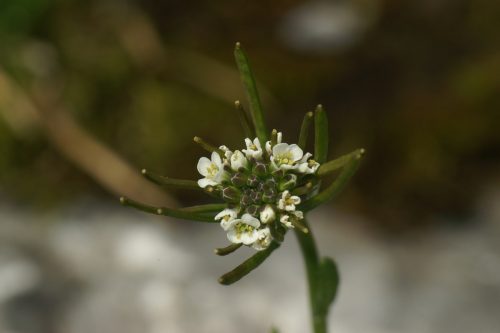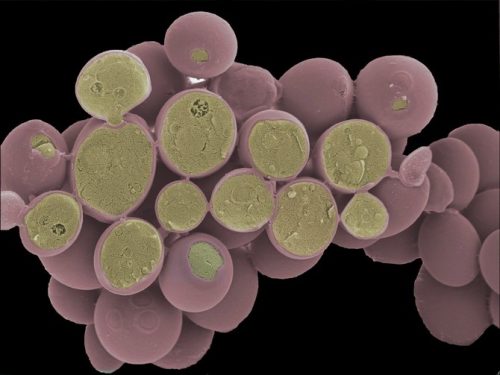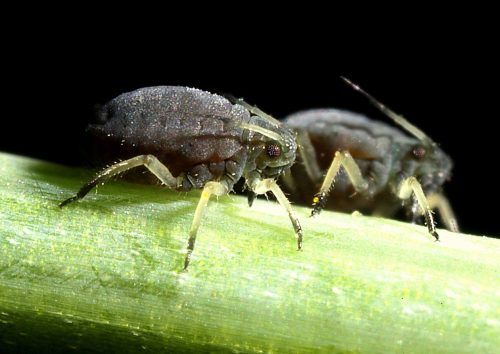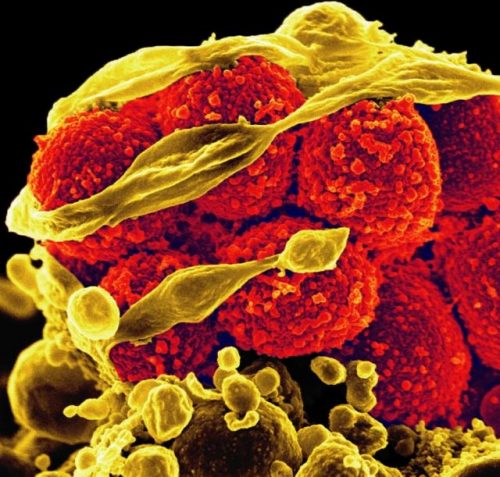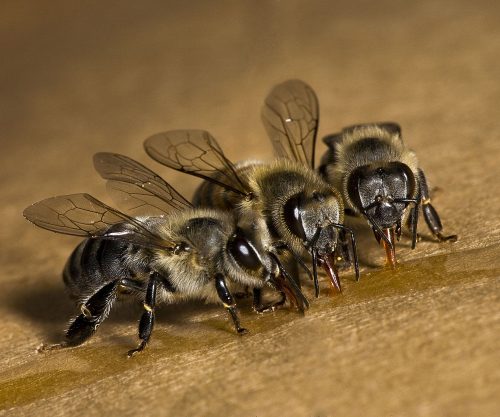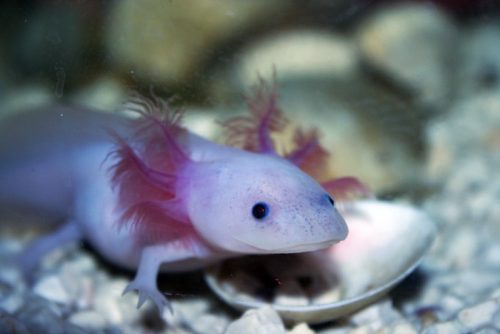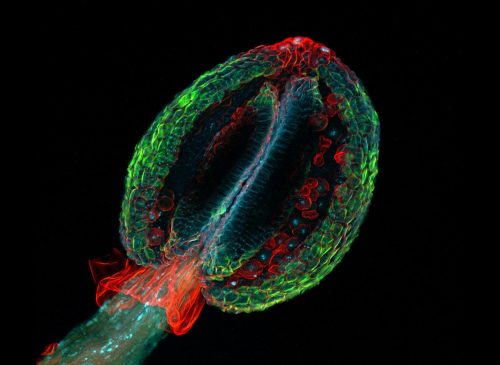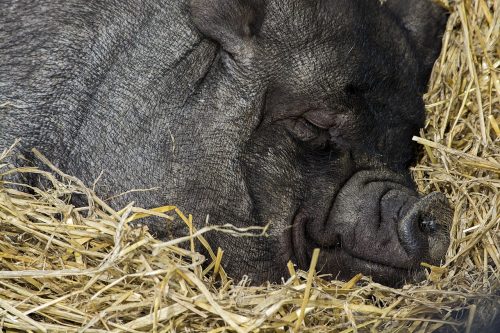
Beyond direct improvements to plants, insects, and animals, including humans, that genetic modification technologies have brought to the world, these techniques have also served as crucial tools for modeling other conditions and creating a better understanding of how to not only improve the overall health of living organisms, but also how to combat a myriad […]

